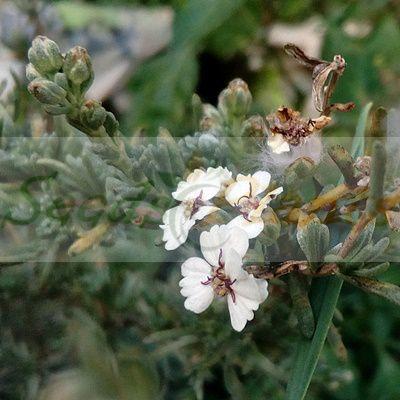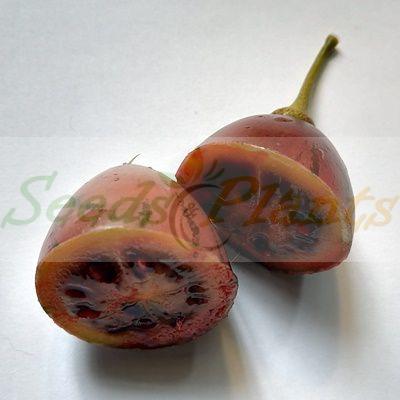🌳 Tree Quick Facts
Tree Info
- 🌿 Foliage Type: Evergreen
Carob Tree – 5 Seeds
(Ceratonia siliqua)
R30.00
The Carob tree’s edible pods are filled with a saccharine pulp and used as a chocolate substitute in cakes and drinks.
Common Names: Carob Tree, Locust bean or St John’s Bread.
Indoor Sowing: Spring and Early Summer.
Direct Sowing: Spring and Summer.
In stock
🌳 Tree Quick Facts
Tree Info
- 🌿 Foliage Type: Evergreen
The carob tree (Ceratonia siliqua) also known as locust bean or St John’s Bread, is a small to medium evergreen leguminous tree with glossy leathery leaves. The tree is dioecious and it is pollinated by wasps and flies.
The tree’s edible pods are filled with a saccharine pulp and used as a chocolate substitute in cakes and drinks. They are rich in sugars and protein and can be eaten both green or dried. The seedpods are also used to make a flour that is free from sugar and starch. Roasted seed is used as a coffee substitute.
Growing Carob Tree
Indoor Sowing: Spring and Early Summer.
Direct Sowing: Spring and Summer.
- It prefers a full Sun position, planted in fast-draining soil. Can grow in nutritionally poor soil and is drought tolerant.
- The tree develops a long tap root, so it is best to plant the seeds in deep containers.
- Scarify the seed coat and then place the seeds in warm water for 24 hours.
- Fill a deep container with a good quality, fast-draining potting mix.
- Sow the seeds 50mm deep.
- Place the container in a well lit, warm area until germination.
- Keep the soil moist, but not overly wet.
- Germination in about 40 days at a soil temperature of 22-26°C.
- Transplant the seedlings to the garden or a larger pot once they are about 8-10cm tall.
- Can be grown in large containers that provide room for root expansion.
Disclaimer
Medicinal Information:
All medicinal information on this website is for educational and informational purposes only and may not be construed as medical advice. The information is not intended to replace medical advice or treatment offered by healthcare professionals.
Seeds, Plants, Plant Cuttings, Geophytes and Dried Herbs:
In some countries and provinces, certain plants are deemed as invasive and are not allowed to be planted at all, whilst some plants are allowed to be grown only in certain areas or provinces. The onus is on you as the buyer to familiarize yourself with the regulations pertaining to your location, before purchasing any of our seeds, plants, plant cuttings, geophytes or dried herbs. We will not be held liable, should you purchase any seeds, plants, plant cuttings, geophytes or dried herbs. from us which are prohibited in your country or province.



















